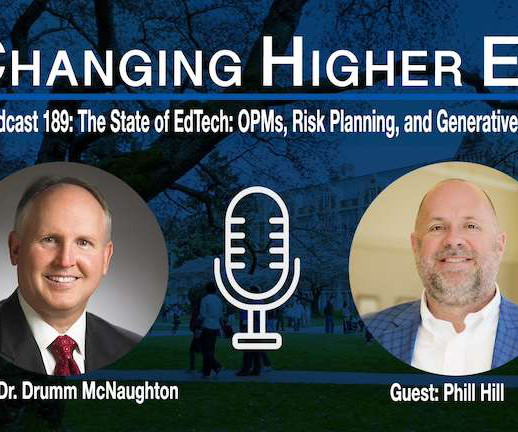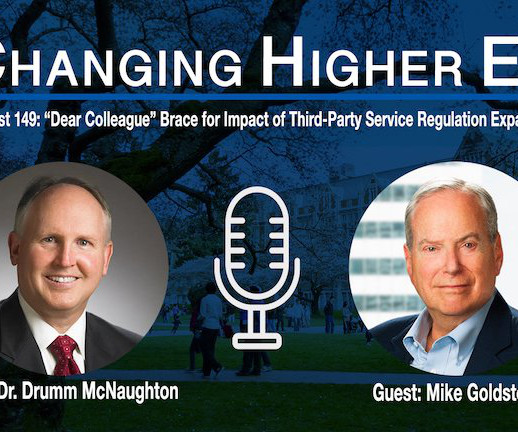The State of EdTech: OPMs, Risk Planning, and Generative AI: Changing Higher Ed Podcast 189 with host Dr. Drumm McNaughton and guest Phill Hill
The Change Leader, Inc.
JANUARY 9, 2024
Technology’s Role in Enabling Enrollment Growth Franklin University exemplifies how technology can be leveraged to enhance enrollment and streamline educational processes. This success story underscores the crucial role of technology in not only supporting administrative functions but also in driving institutional growth.











Let's personalize your content